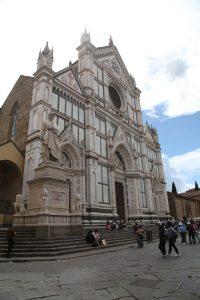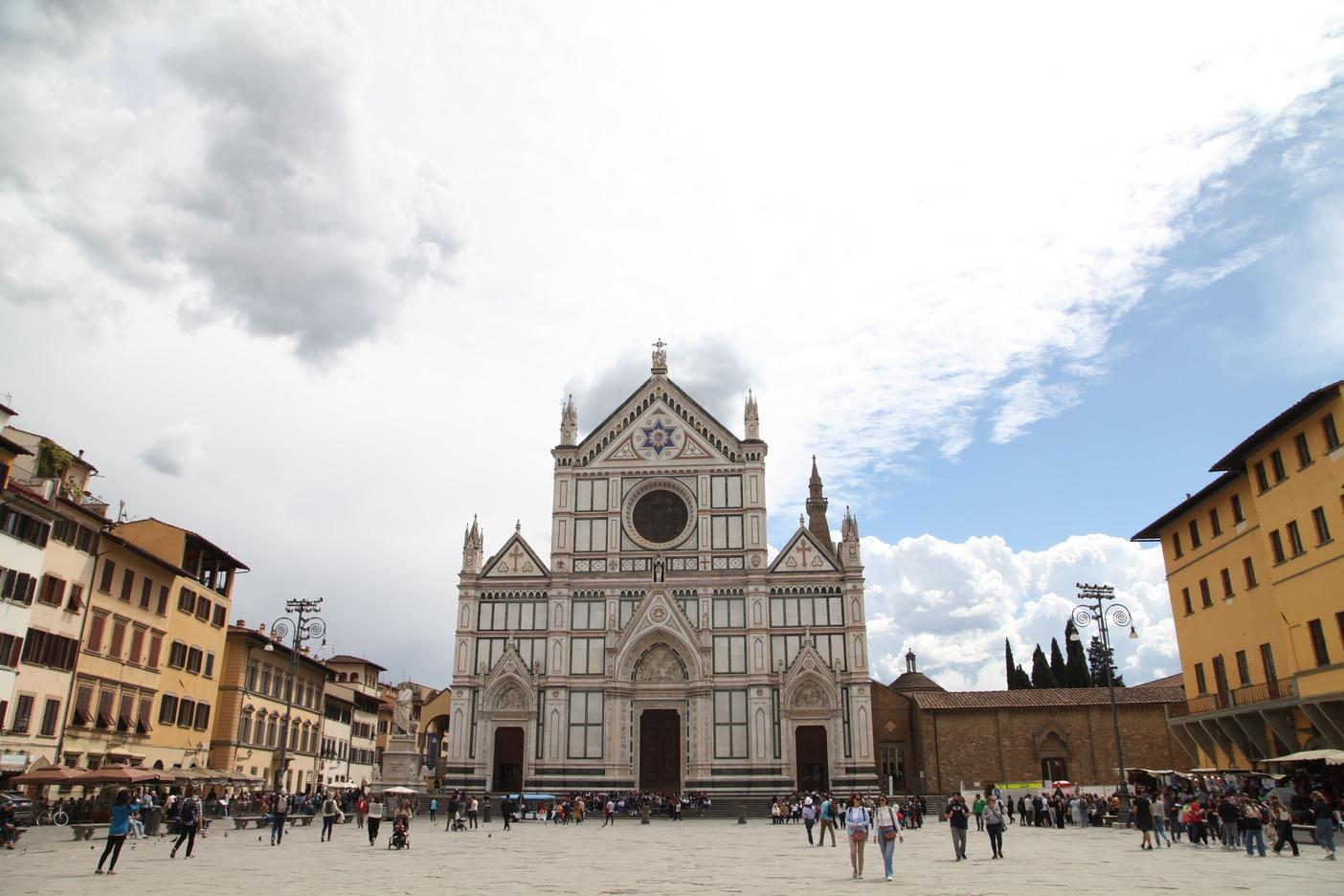By Simone Bandini
Far from being a pedantic history lesson, this digression on the three Florentine republics that succeeded one another from 1494 (the year of the expulsion of the Medici who, fearful, conniving and rumoured in cahoots with the French of Charles VIII, were overthrown by spontaneous citizen uprisings) intends to bring to light that voluntary, popular and democratic spirit that took place after decades of Medici domination, ignited by the vehement preaching of Friar Girolamo Savonarola.

Piero de’ Medici had accepted without a blow the shameful conditions imposed by King Charles VIII of France, who had descended in search of glory with his army into Italy, ceding the territories of Pisa, Sarzana and Livorno, wanting to try to appease it and avert the siege of Florence.
It was therefore Girolamo Savonarola, a Dominican friar, who took the reins of the city for four years and, as often happens after a time devoted to commerce and hedonism – pointed to the moral decadence of the city with censorious intentions, inspired by an ascetic and spiritualistic conception capable of countering the growing materialism of habits. The humanist and Neoplatonic magnification of man and beauty was seen as profoundly demonic – and culminated in the famous bonfire of the vanities where works of art were burned in the streets of Florence. Some artists literally fled the city, following Michelangelo’s example – others changed their style and pictorial themes as Botticelli did.
In short, the republic of the ‘Weepers’ – as the friar’s followers were called – got carried away by a New Testament passion, reforming customs in the sense of a renewed simplicity and Christian humility. The glories and impulses of early Humanism come to an end.
But a revived pro-Medici faction, together with the followers of Pope Alexander VI – whom he had criticized so much in his invectives – pilloried Savonarola, first excommunicated and then hanged and burned in Piazza della Signoria. Another political upheaval with an eminently diplomatic mediation: Piero Soderini, a not too ardent supporter of the Medici family – also skilled in welcoming the ‘hot’ and popular issues of the city – became gonfalonier. He governed Florence until 1512, the year in which Cardinal Giovanni de’ Medici, son of Lorenzo the Magnificent, returned triumphantly to the city escorted by Pope Julius II and the Holy League: the Spanish army led by Raimondo de Cardona broke into the Mugello plain and devastated Prato and Campi Bisenzio, sacking them. The republic raised the white flag again, favouring the return of the Medici family.
Soderini’s government, despite its political ‘mediocrity’, infused new life and splendour into the arts with a multitude of new commissions – among which the works of Michelangelo and Leonardo stand out – and the commissions entrusted to prominent personalities such as our great Niccolò Machiavelli, accused by his opponents of being a ribald ‘opportunist’, for his pragmatic complicity with the gonfaloniere.
In 1527, following the crisis that arose in the relations between Pope Clement VII (Giulio de’ Medici) and Emperor Charles V – which had ended with the Sack of Rome – the third republican government took office. The Florentine people managed to expel the Medici again, establishing a new free regime – which was inspired, however, and again, by the ‘whining’ theories of the first Savonarola. That didn’t last long.
In 1530, Spanish and German imperial troops broke into the city – thanks to the renewed harmony between King Charles V and Pope Clement VII. Of that siege we remember the acts of heroism of the Florentines, the most famous being those of Francesco Ferrucci and Michelangelo Buonarroti. A bloody encirclement that lasted two years and ended with the battle of Gavinana, where the Prince of Orange and Francesco Ferrucci himself were killed, treacherously murdered by the mercenary Fabrizio Maramaldo.
An ascetic republic, then finely diplomatic, finally tragic and heroic – which worked so hard to oppose the Medici power – which was welding itself with the nascent, albeit still embryonic, modern nation states.
Recommended listening: Gloria, Them
